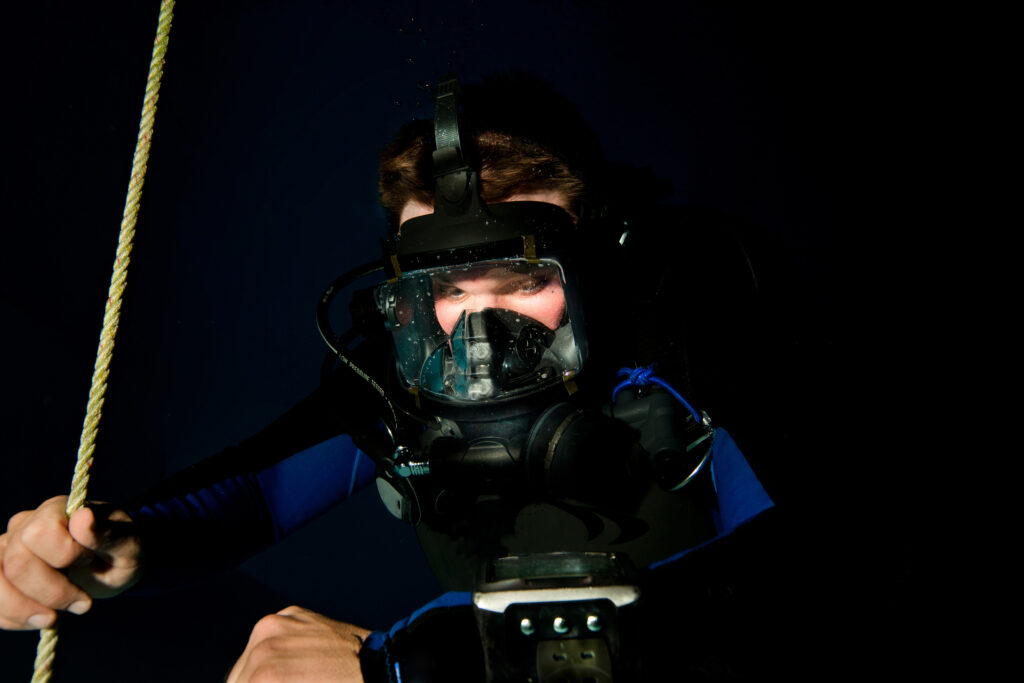What is Scuba Diving?

Scuba diving is a recreational and professional activity where individuals explore underwater environments using self-contained underwater breathing apparatus (SCUBA) equipment. This equipment allows divers to stay underwater for extended periods, enabling them to experience marine life, shipwrecks, caves, and other submerged wonders. The ability to explore these otherwise inaccessible areas has made scuba diving a popular pursuit for adventure enthusiasts, marine biologists, and professional divers alike. Since its modern development in the 20th century, scuba diving has attracted millions of people globally, offering a unique blend of excitement, discovery, and tranquility beneath the waves.
What is carbon dioxide toxicity (CO2 toxicity) from scuba diving?

Carbon dioxide toxicity (CO2 toxicity ) occurs when excessive levels of CO2 accumulate in the bloodstream, leading to adverse physiological effects that range from mild discomfort to life-threatening emergencies. This entry explores the causes, symptoms, and preventive measures associated with CO2 toxicity in scuba diving.
What is a Faceplate?

A faceplate is a critical component in a scuba diver’s gear, providing visibility and protection while underwater. This essential piece of equipment, found on both full face masks and helmets, is typically made of glass or plastic materials.
What is an ABC set in scuba diving, freediving, and snorkeling?

The ABC Set is an acronym representing the essential scuba diving, freediving and snorkeling gear that every diver needs: A – scuba mask, B – snorkel, and C – scuba fins. These three foundational pieces of equipment provide the necessary underwater vision, airway, and propulsion mechanisms, respectively, to safely and efficiently explore the underwater world.
What is really air when scuba diving?

Lorem ipsum dolor sit amet, consectetur adipiscing elit. Praesent vitae metus odio. Nam pellentesque turpis at vehicula vulputate. Etiam digsim consectetur nibh, nec suscipit quam interdum vitae.
What is it to “Call a Dive” When Scuba Diving?

In scuba diving, the term “call a dive” refers to the decision to end a dive and return to the surface. This decision is a critical aspect of dive safety and can be made by the diver, their buddy, or the dive leader. The rationale for calling a dive can vary from diver safety concerns to environmental changes, but it always centers on ensuring the well-being of all involved. By understanding when and why to call a dive, divers can prevent potentially dangerous situations and avoid unnecessary risks.
What is the Auto-Closure Device (ACD)?

The Auto-Closure Device (ACD) represents a significant advancement in scuba diving technology, specifically within the realm of diving regulators. This device automatically seals the regulator’s first stage when it is detached from the cylinder, preventing water, contaminants, and particulates from entering the system. By maintaining a clean and dry first stage, the ACD significantly enhances the reliability and longevity of scuba equipment, thereby improving diver safety. This entry delves into the origins, technicalities, functionalities, and safety implications of the ACD, illustrating its crucial role in modern scuba diving.
What is Acetal Resin?

Acetal resin, a high-performance polymer, has risen to prominence in the realm of scuba diving, revolutionizing various aspects of the sport. This powerful material, also known as polyoxymethylene (POM), is known for its extraordinary strength, resilience, and excellent dimensional stability, properties which have made it an ideal candidate to replace certain lightweight metals in many diving applications.
What is a A-Clamp Adaptor for Scuba Diving?

Scuba diving is a mesmerizing endeavor that introduces enthusiasts to an enchanting world beneath the water’s surface. The equipment used in scuba diving not only contributes to the safety and comfort of the diver but also enables seamless exploration. One such component is the A-clamp adaptor, which plays an integral role in connecting the diving regulator or filling whip with the diving cylinder. This entry delves into the intriguing world of the A-clamp adaptor, its significance, usage, and relation with the DIN thread connection and the CGA 850 “international” connection cylinder valve.
What is a A-Clamp Fitting in Scuba Diving?

A-Clamp Fittings, also known as yoke fittings, are a critical component of scuba diving gear. They bridge the gap between the regulator – the device that allows divers to breathe underwater – and the air tank, serving as the connecting link in the entire system. This connection is vital for the functionality and safety of the dive, making the A-clamp fitting a fundamental consideration for any diving enthusiast.
